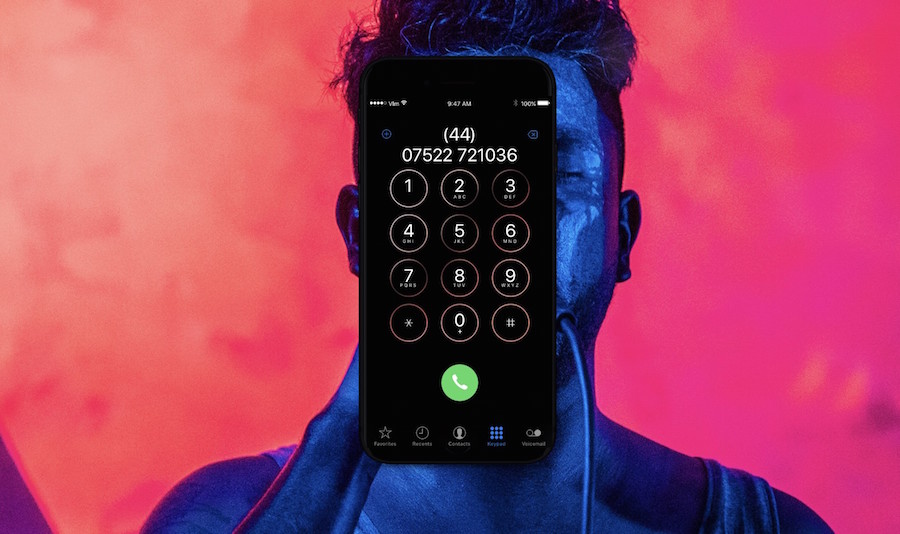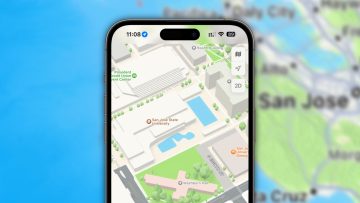Apple’s HomePod firmware is the gift that keeps on giving. Since Apple inadvertently made the firmware available to the public more than a week ago, developers have combed through mountains of code and have unearthed a number of interesting details regarding Apple’s highly anticipated iPhone 8. For as much as Apple does to keep upcoming product details under wraps, it’s simultaneously embarrassing and comical that the most significant iPhone 8 leaks haven’t come from murky sources within the supply chain, but from Apple itself.
Earlier today, developer Guilherme Rambo revealed some newly discovered data strings which provide us with even more information surrounding the iPhone 8’s capabilities. First off, the data strings below point to the iPhone 8 cameras — both on the front and back — being able to support 1080p video recording at 240 frames per second. Incidentally, Rambo previously stumbled upon data strings pointing to both iPhone 8 cameras being able to record 4K video at 60 frames per second. If indeed accurate, video quality on the iPhone 8 will be absolutely jaw-dropping.
"1080p240" 🤔 pic.twitter.com/75RtotIKST
— Guilherme Rambo (@_inside) August 9, 2017
Another intriguing find is a reference to “multibiometrics.”
"Multi biometrics" 🤔 pic.twitter.com/Kdh0cEBOBh
— Guilherme Rambo (@_inside) August 9, 2017
This is rather interesting given previous reports that the iPhone 8 will do away with Touch ID in favor of a facial recognition solution. With advanced 3D cameras on the iPhone 8 poised to handle biometric authentication, one has to wonder what the ‘multi biometrics’ string is in reference to. Is it perhaps possible that the iPhone 8 will, in fact, ship with a Touch ID sensor embedded on the back? Though this design was reportedly something Apple contemplated and prototyped, a number of analysts have said that the final iPhone 8 design will not include a Touch ID sensor anywhere.
In another discovery, Rambo found references to ModernHDR, likely signaling that the iPhone camera will be able to capture media that can work with more modern TV sets. On a related note, previous data strings found buried in the HomePod firmware point to Apple’s next-gen
"Modern HDR" 🤔 pic.twitter.com/5f277to6d6
— Guilherme Rambo (@_inside) August 9, 2017








